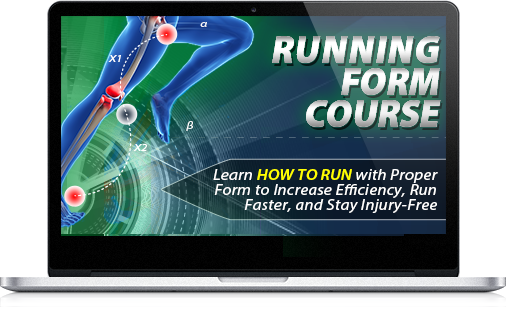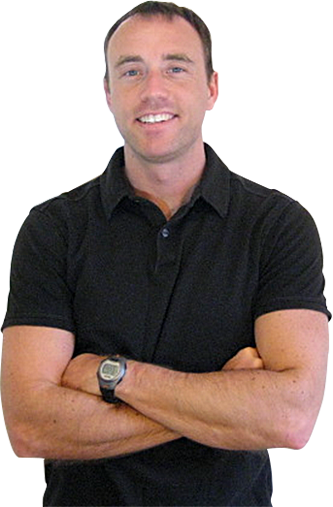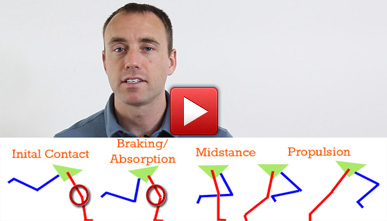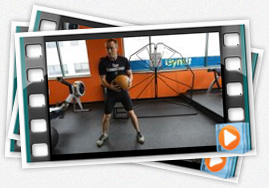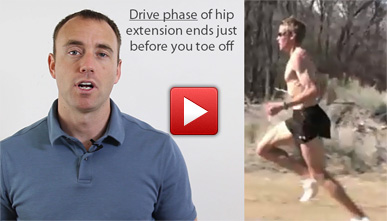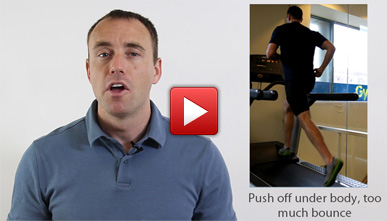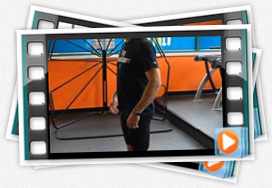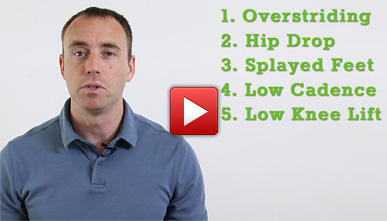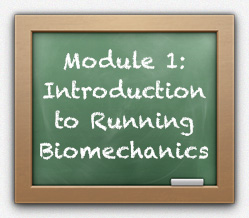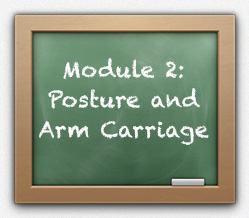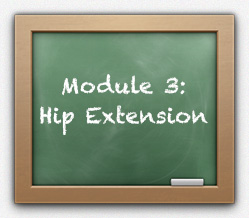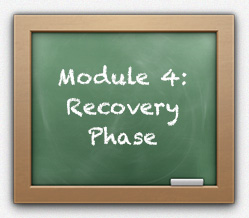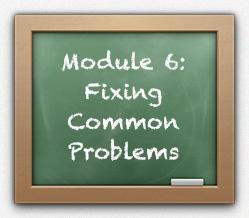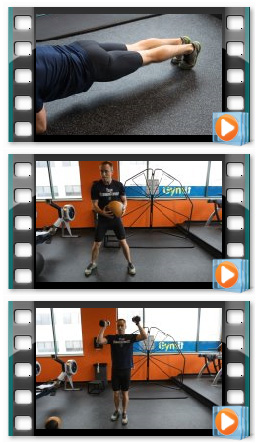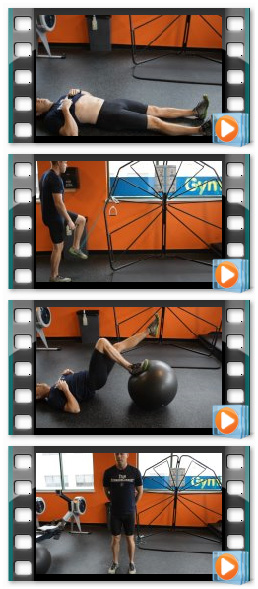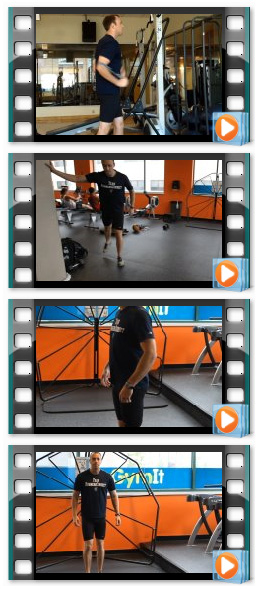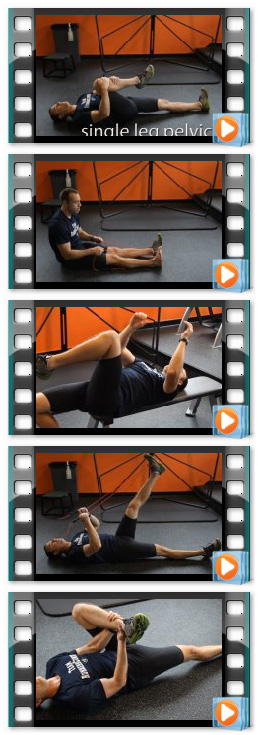Are you confused by all the conflicting information about what proper running form really is? Tired of sorting through the hype and one-size-fits-all approach of marketed running styles?
The truth is, there is no single best way to run.
Actually, let me rephrase that. There probably is some biomechanically perfect way to run based on the laws of physics and optimal efficiency. Unfortunately, due to your individual biological makeup, it's virtually guaranteed that YOUR optimal and best running form is going to differ slightly (or maybe even dramatically) from this biomechanical "optimum".
So, if there isn't an exact way to run, what the heck is this course all about?
Our goal is to develop the optimal and perfect running form for YOU.
To do this, we'll educate you by using an easy-to-follow, step-by-step process that breaks down each aspect of the gait cycle into easy to understand sections.
No marketing, no bullshit. Just proven information verified by the latest research on running mechanics.
Once you understand the elements of proper form, we'll assign you very specific drills, strength exercises, and dynamic stretches designed to help your body develop the strength, flexibility and awareness to move through the gait cycle as it was designed.
This structure and progression will address your strengths and weaknesses to develop a biomechanically sound running style adapted to your biological uniqueness.
You Don't Need To Be An Exercise Scientist To Learn
This course isn't designed for runners with advanced degrees in kinesiology or anatomy, or those that have published papers in research journals.
While we utilize the latest research to support every claim and recommendation, we keep it simple by using relevant examples, demonstrating every movement (using both good and bad examples) and not getting bogged down in technical jargon.
We tell you what you need to know in a simple, easy to understand way.
Designed With Love
I've been obsessed with running mechanics since I first picked up a copy of "Explosive Running" by Dr. Michael Yessis. I knew exploring the weaknesses in my own running form could lead to faster times and fewer injuries. Over the years, I've poured over research, watched countless hours of elite runners in slow motion, and experimented with every bit of information I could find.
But, when athletes I coach would ask me how to improve their own form, I couldn't point them to a simple answer.
You see, changing one aspect of your form doesn't occur in isolation.
For example, I coached a runner who was convinced she needed to start running on her forefoot after reading an article in RunnersWorld about how heel striking was bad.
So, she started consciously trying to land on her forefoot. Unfortunately, she didn't address her posture or lack of hip extension in the process. She simply focused on changing her foot strike.
The result? She got a stress fracture...Why? Because without first addressing her posture and hip extension, she was still over striding significantly. She simply transferred the impact force from her heel to her forefoot, which created stress in her metatarsal wasn't ready for.
This is when it clicked for me.
Runners shouldn't be going around willy nilly, reading the latest article about "proper form" and then trying to change one singular aspect. They need a comprehensive, step-by-step plan that addresses how to improve form in a logical fashion.
More importantly, they need a plan to develop the strength, flexibility and awareness to allow their body to make these gradual changes.
And that's exactly what this course is all about. Helping you understand what good running form is and how to make proper, logical progressions to run more efficiently.
If you're looking for a secret answer or a get rich quick type solution, this course isn't for you. But, if you really want to learn and you're willing to work to improve your running, I guarantee you'll love this course.
Get It Now
*some exercises require equipment


 Get It Now
Learn More
Get It Now
Learn More
